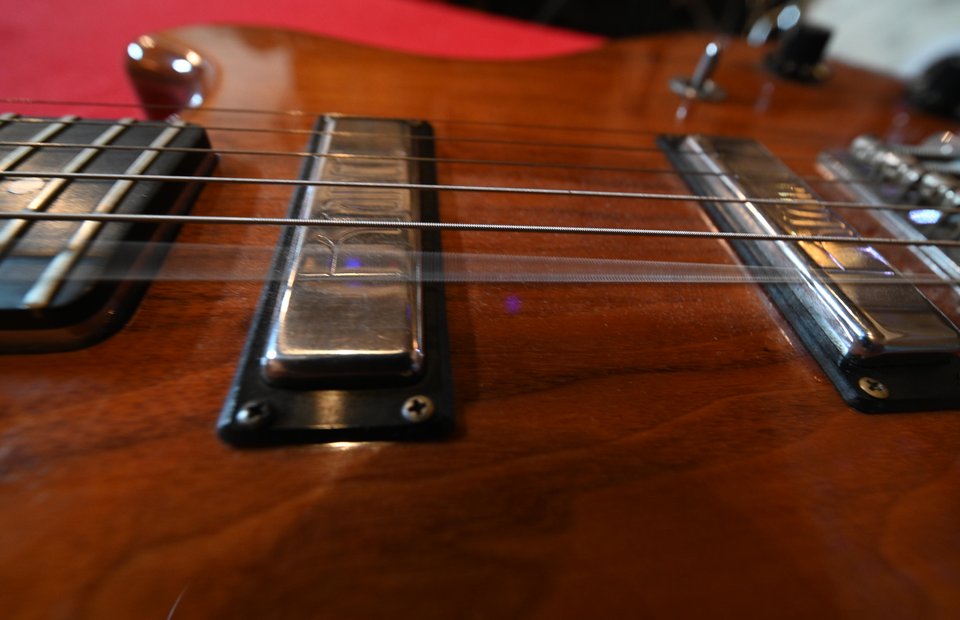As we learned in our Wave Theory article, sound waves are periodic in nature. As air particles vibrate, they oscillate between positive (above average) air pressure and negative (below average) air pressure. When there is no deviation from the average, we have silence. As we measure and graph this change of pressure over time, we refer to a single journey through positive and negative stages as a cycle or period.

Phase gives us a way of describing how far along this journey a sound wave is. We break up a sound wave’s cycle into 360 degrees, just like a circle. The cycle starts at 0 degrees. One quarter of the way through we are at 90 degrees. Half way through we are at 180 degrees. We get to the three-quarter mark at 270 degrees and we are back to the beginning at 360/0 degrees.
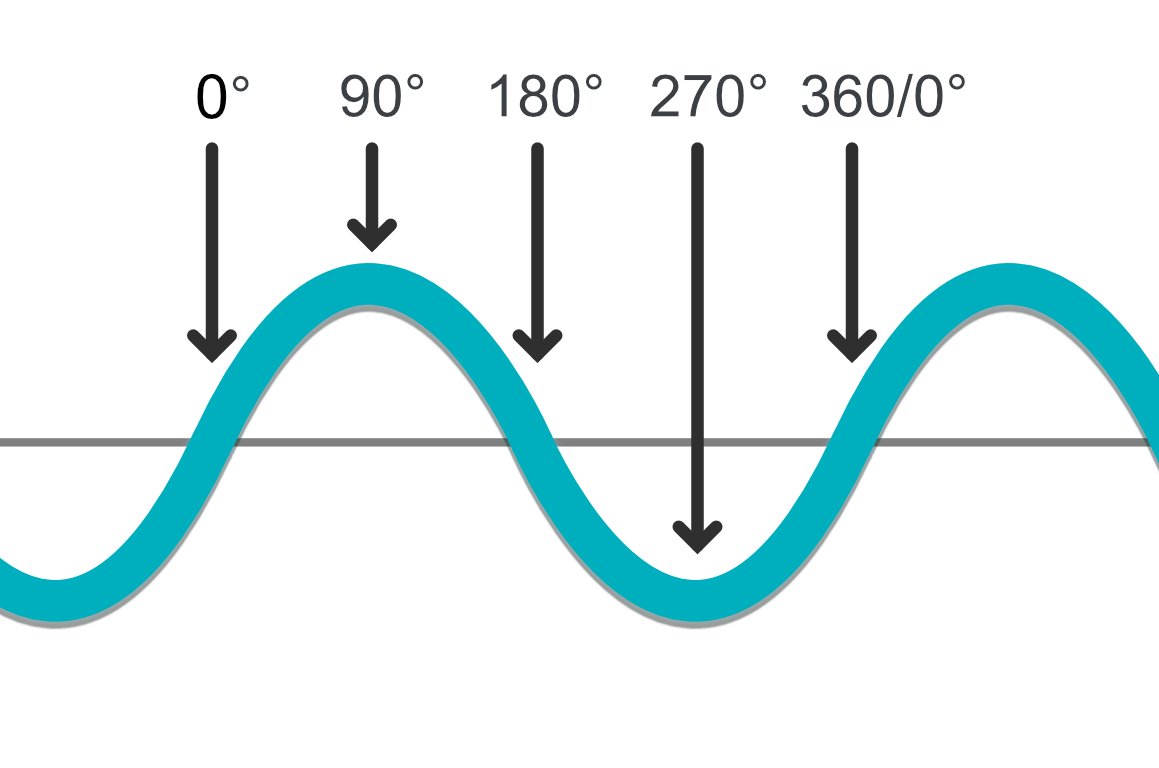
This vocabulary is particularly useful for describing the time relationship between different waves. If two waves start at 0 degrees together, they would be completely ‘in phase’, thus reenforcing each other. If they are offset by some amount, they would ‘out of phase’. For example, if two waves are 90 degrees out of phase, it would mean that one wave has started when the other was already 1/4 of the way through its journey.
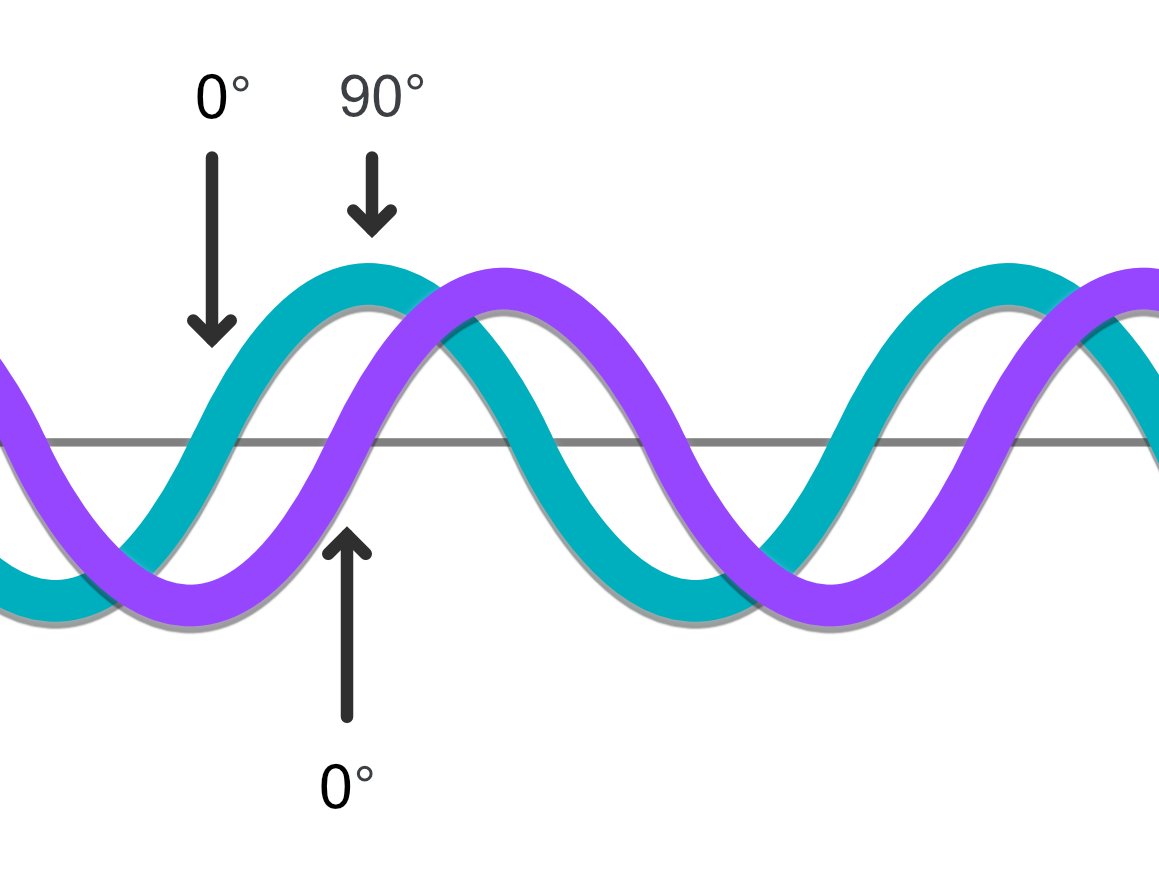
Something special happens when we take two copies of a repetitive signal like a simple sine wave and offset them by 180 degrees. They become completely out of phase, cancelling each other out. To help understand how this works, consider that the peaks and valleys of a repeating sound wave are analogous to the voltage being sent to a speaker to produce that signal. The positive excursions or ‘peaks’ in the wave will push the speaker cone outwards, whereas the negative excursions or ‘valleys’ will pull the speaker cone inwards. When we combine two identical signals, 180 degrees out of phase, we are effectively telling the speaker to push out and pull in at the same time. These conflicting instructions cancel out, and the speaker stays in place, producing no sound at all.
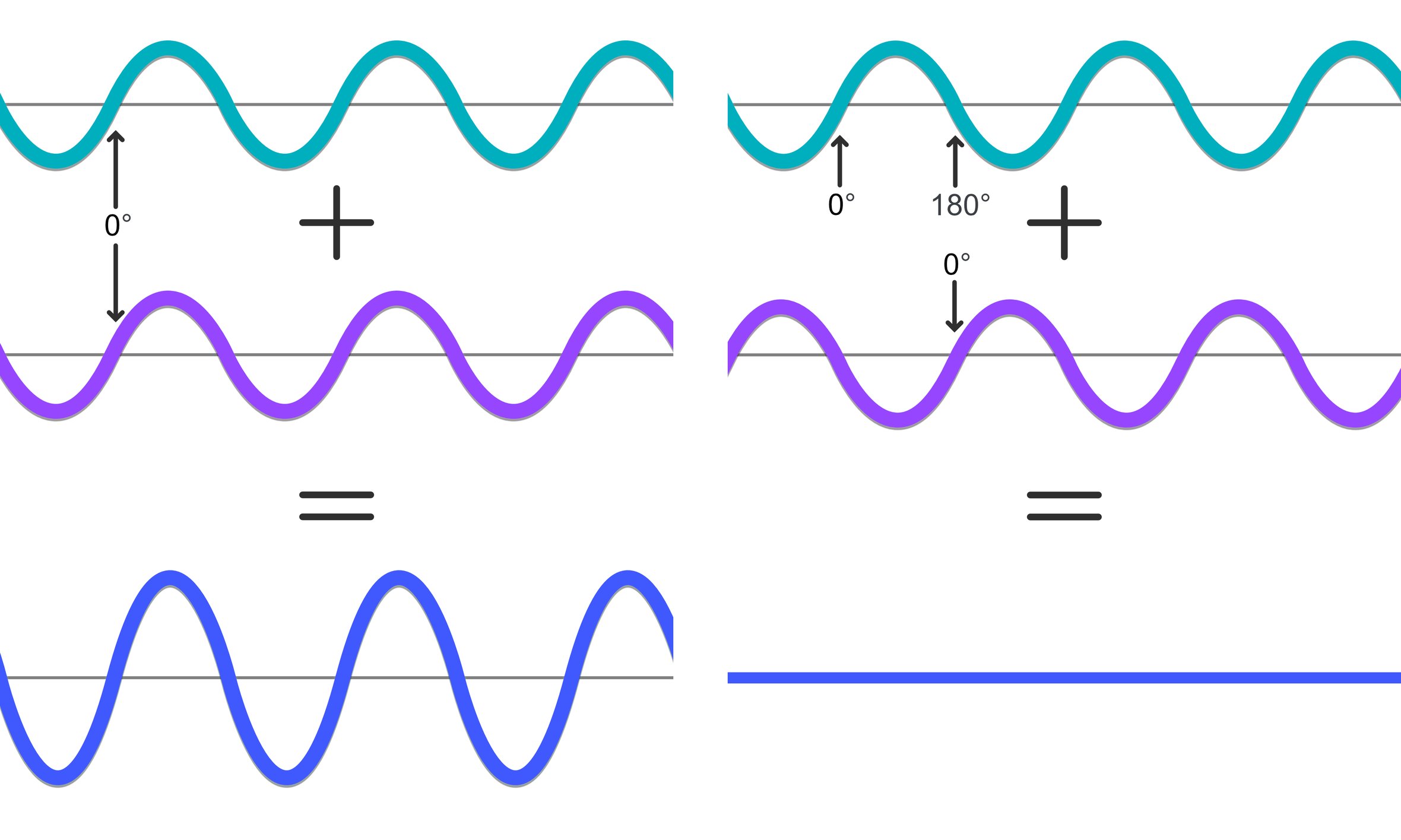
Often times, sound waves are not perfectly in or out of phase, but rather somewhere in between. When this is the case, we can have partial reenforcement or cancellation. This is especially the case for complex waves which contain multiple frequencies, each with their own wavelength. In this case, some frequencies will have an additive reaction with each other (constructive interference) while some frequencies will have a subtractive reaction (negative interference). This is very common, especially in acoustic situations, and is part of why phase is so important to how we perceive sound.
For example, consider the act of sitting at a desk and listening to a speaker. As sound leaves the speaker, one version of it (A in the diagram below) travels directly to our ear. This is the shortest path, and so this version of the sound arrives first. However, sound waves also travel outwards in other directions from the speaker. For instance, some sound waves will reflect off of the desk and then travel to our ear (B in the diagram below). This slightly longer path from speaker to desk to ear manifests itself as another copy of the sound which arrives shortly after the direct sound, resulting in a phase relationship. The two versions interact with each other, resulting in constructive and destructive interference. We perceive the net result of all of this, hearing a version of the sound that is informed by the acoustic environment it was played in. Now consider how simplified this example was; usually we have two (or more) speakers, two ears, and more than one reflected version of our sound (desk/console, side walls, floor, ceiling, etc.). It gets complicated pretty quickly!
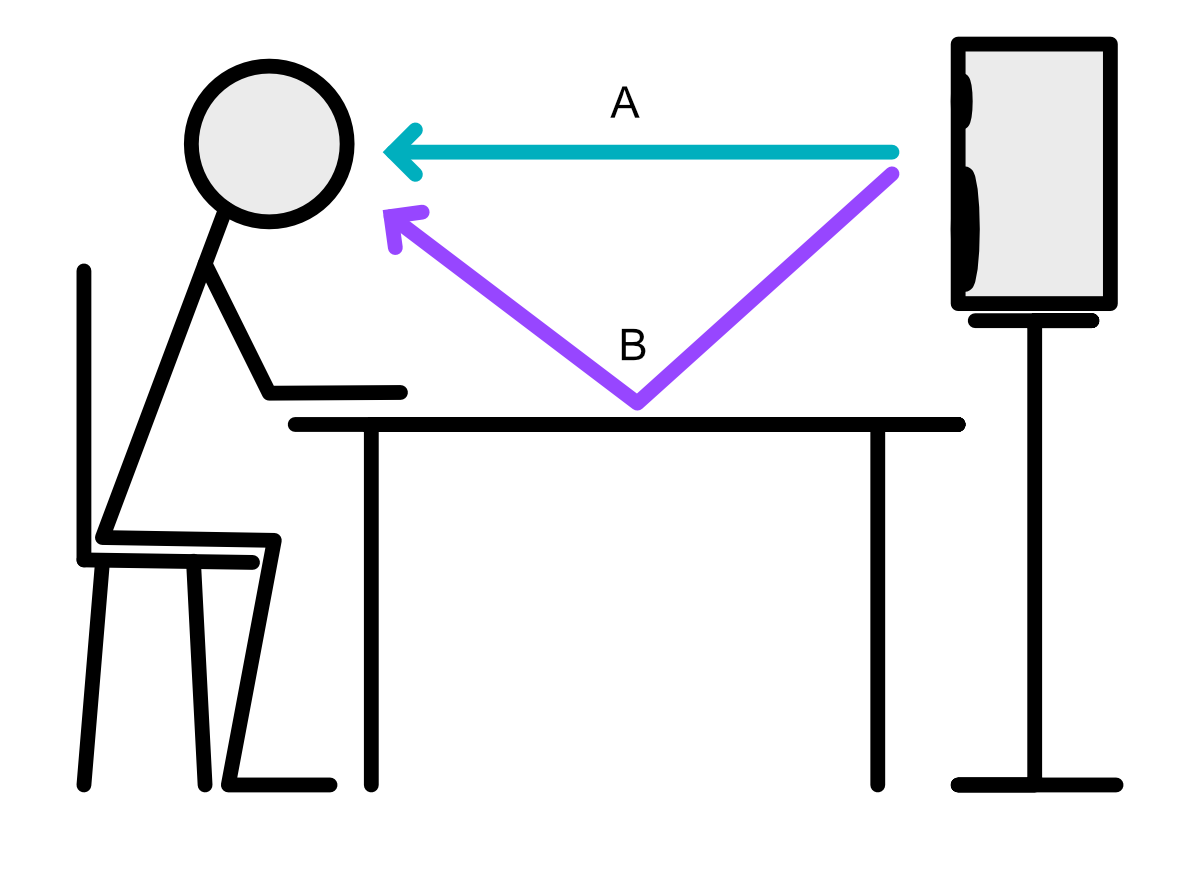
Consider another example; mic placement. It is standard practice to place one or more microphones above the drum set (A in the diagram below) in order to capture its overall sound as well as one or more microphones close to the snare drum (B in the diagram below). When we combine the signals from these mics, we create a phase relationship. The time of arrival for the close mics is faster that that of the overhead mics, but still close enough that the two versions of sound interact with each other constructively and destructively when summed. By moving one of these mics, we can change the phase relationship and thus the resulting sound. This is also why it is common practice to invert the polarity of one or more mics when auditioning sounds as it will impact the way the signals interact with each other.
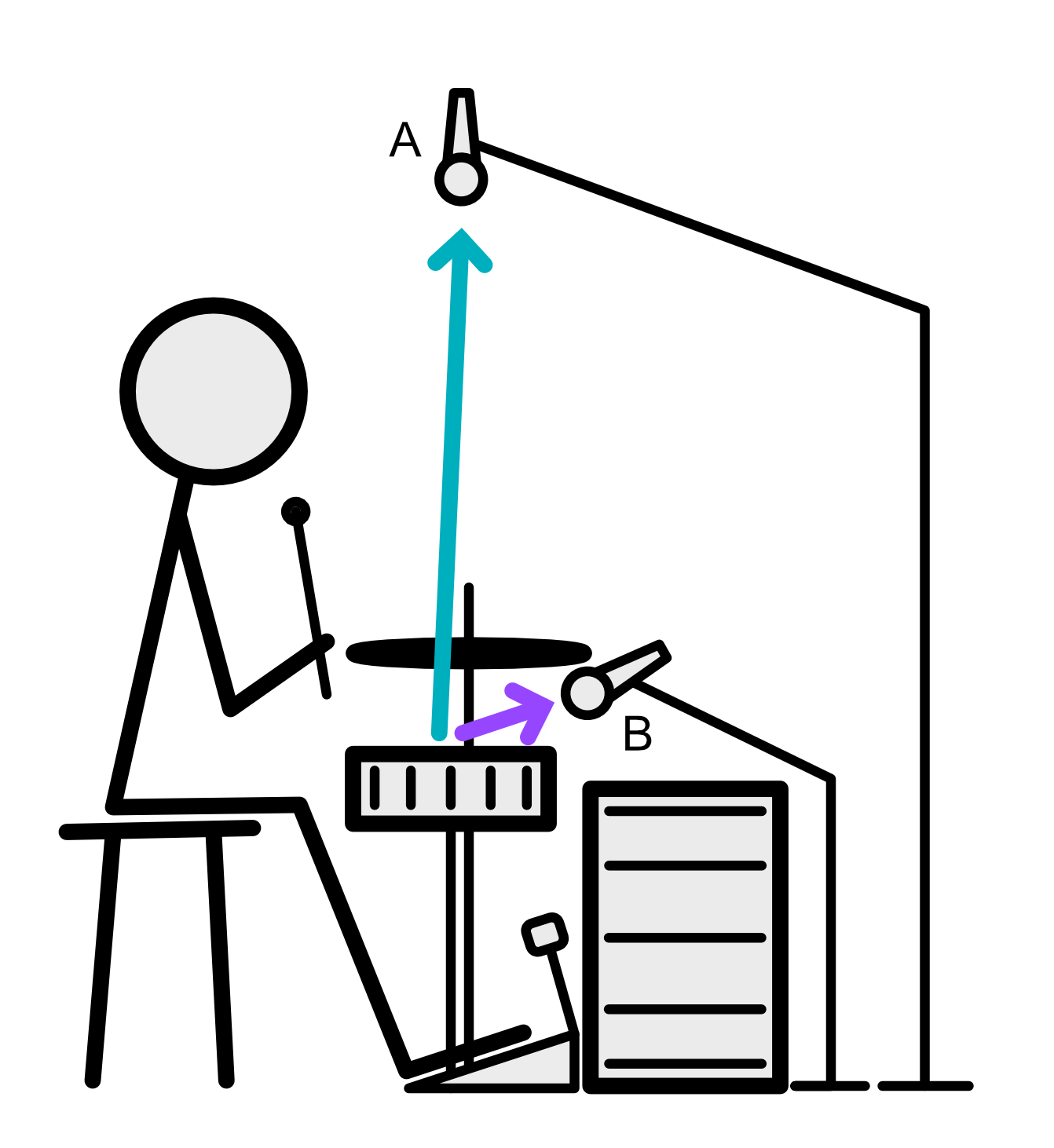
When we combine the signals from these mics, we create a phase relationship. By moving one of these mics, we can change the phase relationship and thus the resulting sound.

